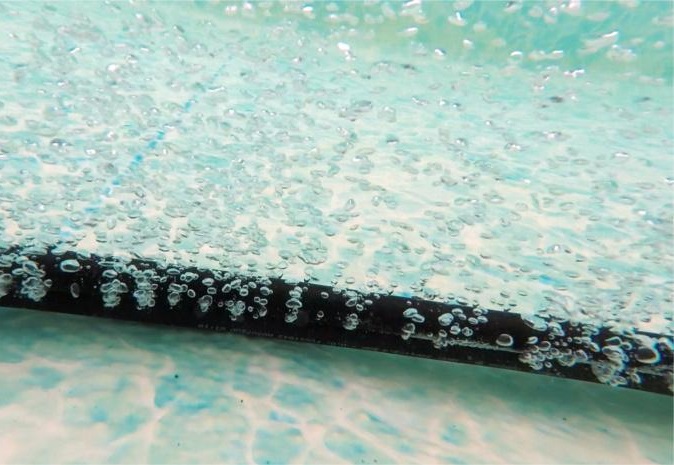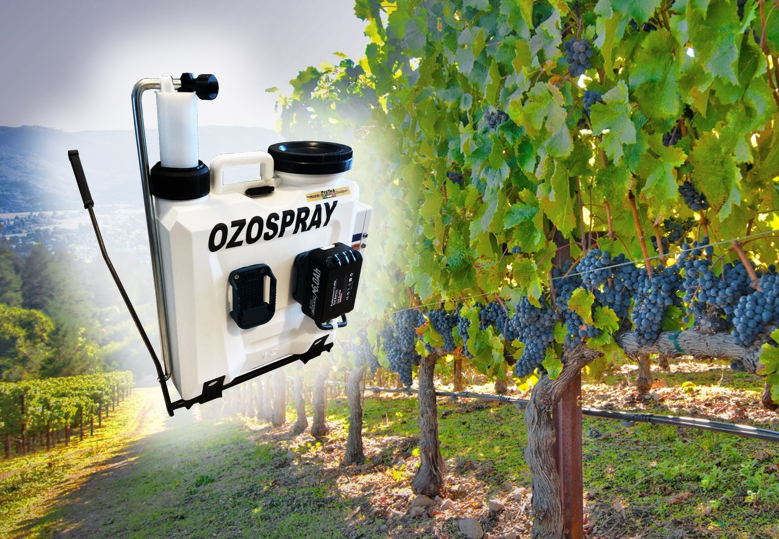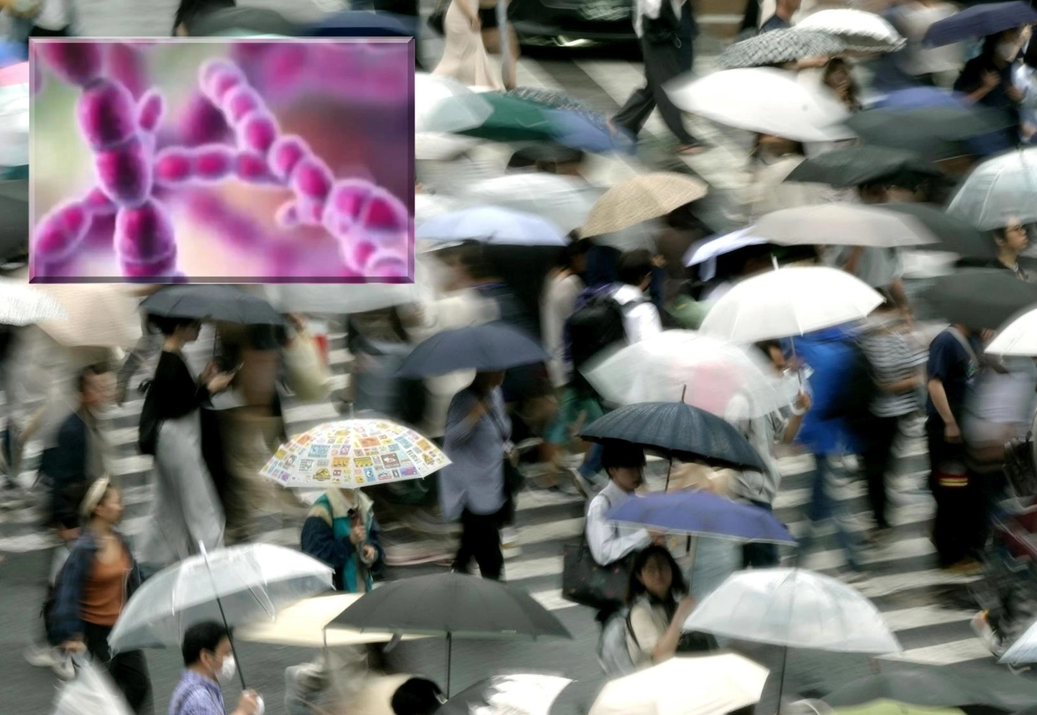
Ozone and pollution: let’s make things clear
Ozone and pollution: let’s make things clear
When temperatures rise, TV news reports on pollution and over-the-limit ozone levels are regularly broadcast. Other times, however, we hear about the so-called “ozone hole” in an unclear way, so much so that many people believe that ozone is guilty of creating a hole somewhere in the atmosphere. In short, perhaps it is also for these reasons that in general we have a predominantly negative view of Ozone and we tend to associate it with something harmful. So, let’s try to clarify a bit.
What is the “Ozone hole”?
The Earth’s atmosphere extends up to 1000 km of altitude and is divided into 5 layers which, starting from the lowest one are the troposphere (up to 12 km), the stratosphere (up to 50 km), the mesosphere (up to 80-90 km), the thermosphere (up to 500 km) and the exosphere (over 500 km).
In a belt between 20 and 30 km from the Earth, therefore in the lower part of the stratosphere, most of the Ozone is concentrated: this layer inside the stratosphere is also called the ozonosphere. The ozonosphere holds a fundamental importance for life on Earth since it absorbs a large part of ultraviolet radiation and cosmic rays (very harmful to living beings). However, in the seventies it was discovered that some substances and in particular chlorofluorocarbons (commercially known by the term “freon” and which were contained for example in refrigeration circuits, spray cans, etc.) could cause a reduction in the thickness of the Ozone layer .

Since 1987 and in particular with the Montreal Protocol, efforts have been made to achieve a progressive reduction in the production of chlorofluorocarbons. These choices have led to a reversal of the trend and a significant downsizing of the Ozone hole, demonstrating that the direction taken was right. Scholars, however, still call for caution on the subject as in 2020 and 2021 an anomalous diameter of the Ozone hole was recorded: from these recent phenomena it is assumed that chlorofluorocarbons are not the only ones responsible for the thinning of the ozonosphere but that this is also partly due to climate change and global warming.
Tropospheric Ozone, or “bad” Ozone
Now that we have clarified the topic relating to the Ozone hole and the Ozone layer, explaining that Ozone in the stratosphere is an essential element for our life on Earth, let’s talk about low-altitude Ozone known as tropospheric Ozone. When we hear on the news about pollution problems in summer and “Ozone above the safety thresholds” we refer to ground-level Ozone. Tropospheric Ozone can be considered as the result of the combination of two elements: pollutants (such as nitrogen oxides and volatile organic compounds) and solar radiation. These two elements give rise to a series of complex photochemical reactions which also lead to the formation of Ozone. The highest Ozone concentrations are recorded in the hottest months of the year and in the hours of maximum solar radiation. The main pollutants that interact with the sun’s rays leading to the formation of tropospheric Ozone are road transport, civil heating and energy production. Ground-level Ozone can cause serious health problems for humans (especially the respiratory system) and the ecosystem (plants and flowers), as well as agriculture and material assets.

Even Ozone has a silver lining: thunderstorms
The Ozone found in the lower layers of the atmosphere is not only linked to human pollution. There is, in fact, the formation of Ozone also in nature, during thunderstorms. In this case, lightning breaks the bond that exists in the Oxygen molecules by creating individual Oxygen atoms which, reuniting with other Oxygen molecules, form Ozone: from O2 to O3. Ozone is also the main element that causes the classic smell of cleanliness to be perceived following thunderstorms.

In other words, Ozone is the natural tool that the Earth uses to sanitize itself. Obviously, there is no need to worry if we feel Ozone following a storm: our sense of smell is able to perceive Ozone more than 10 times below the safety values (imposed for photochemical pollution). Ozone, at the concentrations in which it is found during a storm and more generally in the air we breathe every day in standard climatic situations, is completely harmless.
 Sanitation and deodorization, “good” Ozone at the service of man
Sanitation and deodorization, “good” Ozone at the service of man
Once the more nebulous issues surrounding Ozone have been clarified, it should be said that, in reality, today Ozone is an instrument at the service of man with incredible potential. Thanks to its qualities as a sanitizer and deodorizer (antibacterial, antiviral, antifungal, etc.), Ozone is increasingly used in many fields of application from medical to automotive, from the food industry to the restaurant and hotel sector, from cold rooms to agriculture and enology. Furthermore, in the aforementioned sectors, Ozone is gaining ground both in terms of the number of companies that are starting to use it, and in the number of applications and uses within the same sector. Not only that, more and more sectors and applications are being found in which the sanitizing and deodorizing action of Ozone can find an effective use: some examples can be the sanitization/deodorization of rental ski boots, the sanitization of water in icemakers to avoid fouling, water treatment in aquariums, deodorization in morgue storage cells, etc.
The essential thing is to know how to dose the Ozone appropriately according to the use and to seriously evaluate all the measures and precautions so that the Ozone is used peacefully and in complete safety. For this reason, it is essential to rely on competent companies such as Protea which boasts twenty years of experience in the sector and its sole activity is the design and realization of ozonating systems.



